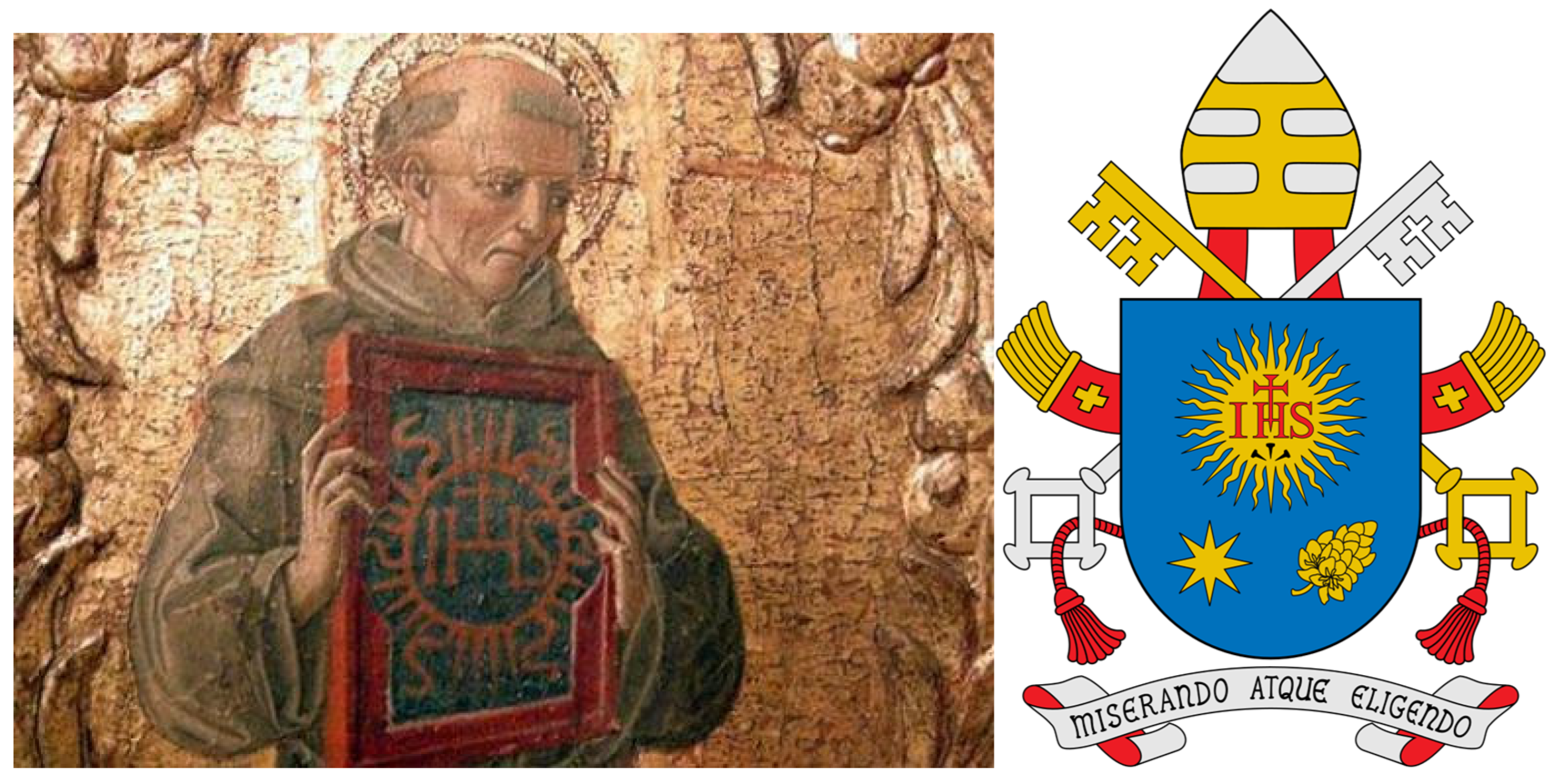Modern View of the Sun: Materials for an Experimental History at the Dawn of the Telescopic Era
Abstract
1. Introduction: The Sun: From an Ideal Disk to the First Telescopic Sight
2. The Representation of the Sun in Ancient Egypt
3. The Sun of Christianity
Laudato Si’ mi Signore per frate SoleLo quale è iorno et al.lumini noi per luiEt ellu è bellu et radiante cum grande splendoreDi te porta significatione8
4. The Sun of Galileo and His Contemporaries: Planet or Star?
5. Naked Eye Sunspots Since the Middle Ages
6. Naked Eye Sunspots in 2025: Experiencing the Eye Resolution
- Dimension of the umbra larger than one arcminute;
- Distance from the limb at least 3 arcminutes.
7. The Camera Obscura for Pinholes and Telescopes
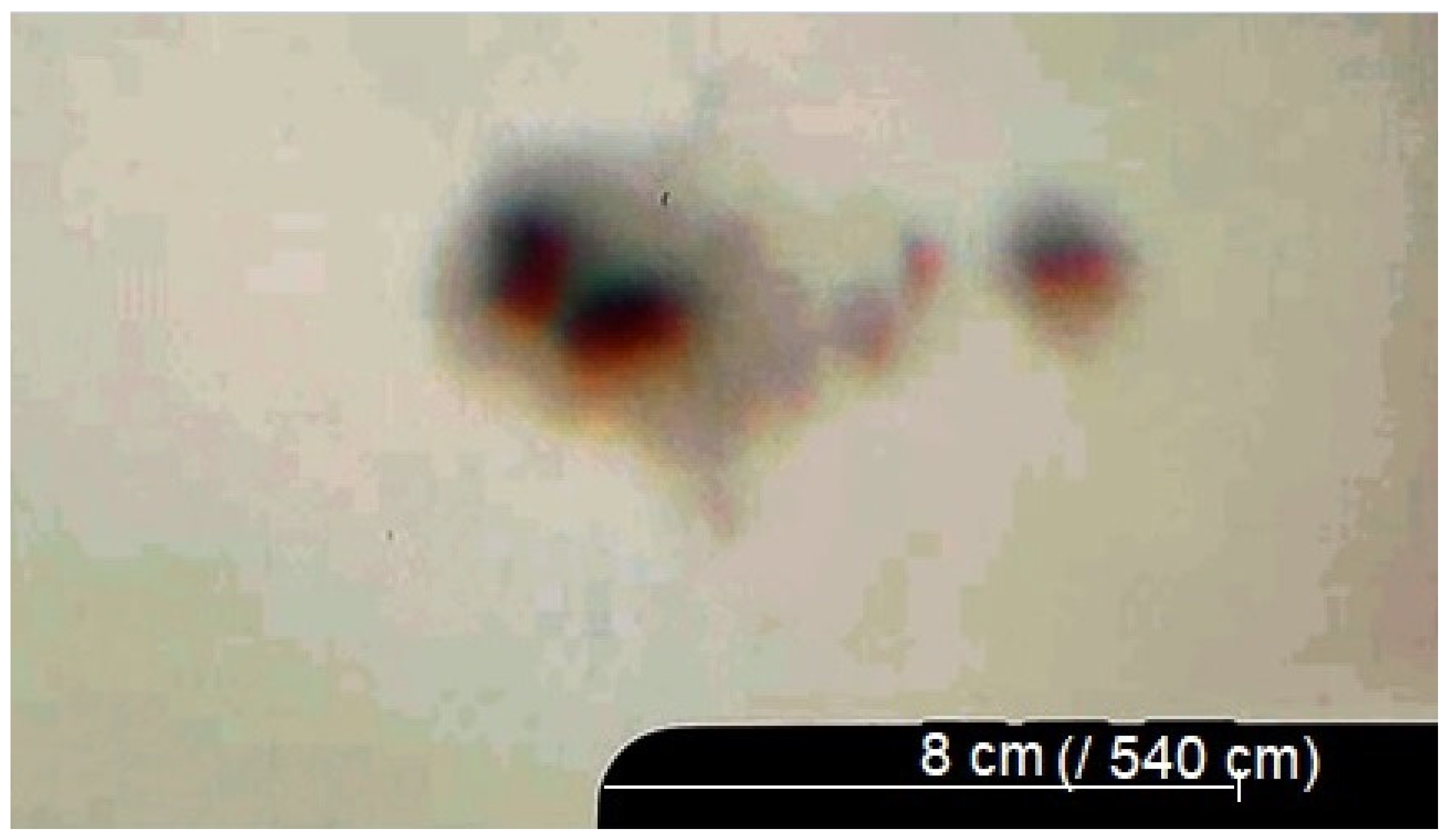
8. The Sunspots in the Churches
9. The Sun and the Jesuits

10. Limb Darkening and Rotation: The Proofs of the Spherical Sun
11. The Moon Was Already Spherical and with Spots
12. Conclusions: The Right Instrument at the Right Time
Funding
Institutional Review Board Statement
Informed Consent Statement
Data Availability Statement
Acknowledgments
Conflicts of Interest
| 1 | http://www.zam.fme.vutbr.cz/~druck/eclipse/Ecl2009e/0-info.htm (accessed on 1 September 2025). Authors: M. Durkmüller and P. Aniol. This eclipse was observed during the deepest solar minimum (720 days of blank Sun) that occurred in 2009–2010. |
| 2 | Photo made by the author with the 70/400 Solarmax Coronado H-alpha telescope of Asiago Astrophysical Observatory, Pennar Observing Station (ex- Schmidt dome); elaboration made by Prof. Sabina Favore. |
| 3 | “According to (Brewer 1991), it is not difficult to see the similarity between this image and that offered by the wings of the celestial god Behedety, spreading about the solar disc, one of the most frequent and undoubtedly most symbolically charged representations of the solar deity. Although quite speculative and impossible to prove, this hypothesis is quite suggestive.” Quoted from (Belmonte and Lull 2023, pp. 517–18). |
| 4 | https://symbolsarchive.com/uraeus-symbol-history-meaning/ (accessed on 1 September 2025). |
| 5 | (Belmonte and Lull 2023) page 195 Figure 4.2 from (Congdom 2000). |
| 6 | The observing conditions at the level of the horizon, which in Egypt are usually poor owing to air-borne dust, could facilitate the observation of sunspots, especially when they were large during solar maximum, as the atmosphere acted as a filter for their observation. In fact, it seems that it was the morning mist conditions in some valleys of ancient China that facilitated the first observations of sunspots with the naked eye that appear to be found in the 9th–8th century BC (referenced in the Chou Í or book of Changes of Zhou, a divinatory and oracular text). However, no Egyptian documents are known where these observations can be verified (Belmonte and Lull 2023, pp. 194–95). |
| 7 | Available online: https://www.corpus.cam.ac.uk/articles/eagles-and-sun-medieval-bestiary-0 (accessed on 31 July 2025). Aquila dicitur ab acumine oculorum: the eagle is known for the acuteness of its sight, in the medieval tradition (Isidore of Sevilla, VII century AD). |
| 8 | Blessed be, Oh Lord for brother Sun/which is the day and You illuminate us by him/and it is nice and radiant with great splendor/of You it brings signification. |
| 9 | E.g., in St. Francis of Paula. https://www.christianiconography.info/francisDiPaola.html (accessed on 1 September 2025). |
| 10 | E.g., in the tomb of the Pope Benedict XIV in St. Peter’s, a woman with a gilded Sun on the breast, https://www.stpetersbasilica.info/Monuments/BenedictXIV/BenedictXIV.htm (accessed on 1 September 2025). |
| 11 | Original image reported in this website: https://it.wikipedia.org/wiki/File:Neri_di_bicci_(attr.),_tavoletta_con_cristogramma_lasciata_da_san_bernardino_dopo_una_sua_predicazione_a_prato,_01.jpg (Wikipedia, accessed on 27 July 2025). |
| 12 | (Zawilsky 2021). Bologna, 1 January 1386, In that year [1386], on the first day of January. […] and then there was an eclipse of the sun in such a way that one had to lit candles during meals in whole Bologna; http://www.solareclipses.pl/Sources/1386/1386_I_1_Bologna_1.pdf (accessed on 1 September 2025). The second eclipse, 12 February 1431, was after the invention of the solar logo with the acronym YHS/IHS: http://www.solareclipses.pl/Sources/1431/1431_II_12_Foligno.pdf (accessed on 1 September 2025). |
| 13 | https://www.catholic.org/saints/saint.php?saint_id=7 (accessed on 1 September 2025). Painter: Benvenuto di Giovanni (this image was made in Siena in 1475) The acronym’s spelling become as today IHS, from YHS. https://www.sanfrancescopatronoditalia.it/notizie/religione/sapete-cosa-il-trigramma-di-ges%C3%B9-inventato-da-fra-bernardino-da-siena--44455 (accessed on 1 September 2025). |
| 14 | https://es.wikipedia.org/wiki/Francisco_(papa)#/media/Archivo:Coat_of_arms_of_Franciscus.svg/2 (accessed on 1 September 2025). |
| 15 | Planet in Greek means “moving star”, that’s why the moving planets around the Sun were called “stars”. Also the Earth orbiting around the Sun become technically a star, and this was the debate of the times. |
| 16 | https://en.wikipedia.org/wiki/Jean_Tarde (accessed on 1 September 2025). |
| 17 | https://en.wikipedia.org/wiki/Jean_Tarde#/media/File:Diagram_of_Sunspots_from_Borbonia_Sidera.jpg (accessed on 1 September 2025). |
| 18 | https://domenicani.net/page.php?id_cat=3&id_sottocat1=95&id_sottocat2=100&id_sottocat3=0&titolo=Giordano%20Bruno (accessed on 1 September 2025). |
| 19 | Chris Impey and P. Grey, E. Brogt, A. Baleisis on https://www.teachastronomy.com/textbook/Properties-of-Stars/Measuring-Star-Distances/ (accessed on 12 May 2025). (Impey et al. 2023) relying on Hoskin (1977). |
| 20 | https://physicsteacher.blog/wp-content/uploads/2023/03/image-9.png (accessed on 12 May 2025). |
| 21 | To a point very close to it. |
| 22 | (Einhard n.d.) https://thelatinlibrary.com/ein.html#32 (accessed on 1 September 2025). Chapter 32 et in sole macula quaedam atri coloris septem dierum spatio visa (transl. And in the sun, a certain spot of black color was seen over the course of seven days) written circa 817-836 AD. |
| 23 | This episode was already quoted by Galileo Galilei (Galilei 1613) in his first work dedicated to the sunspots. |
| 24 | Nam et stella Mercurii XVI. Kal. Aprilis visa est in sole quasi parva macula, nigra tamen [“tamen” missing in MSS group E], paululum superius medio [D3, E: media] centro eiusdem sideris [B5, C3, E3, E6, E7: syderis], quae a nobis octo dies conspicitur. Sed quando primum intravit vel exivit, nubibus impedientibus [B1, B4, C1, D3: imped.] https://journals.sagepub.com/doi/10.1177/00218286241238731#fn5 (accessed on 8 September 2024). translation: For on the 16th day before the Kalends of April, the star Mercury was seen in the sun as a small spot, black however, slightly above the middle of the center of that same star, which is visible to us for eight days. But when it first entered or exited, it was obscured by clouds. |
| 25 | Galileo, Istoria e dimostrazioni sopra le macchie solari (1613), at the exhibit La Città del Sole, 16 November 2023–11 February 2024, Palazzo Barberini, Roma. https://barberinicorsini.org/evento/la-citta-del-sole-arte-barocca-e-pensiero-scientifico-nella-roma-di-urbano-viii/ (accessed on 1 September 2025). The three letters of Galileo, combined in the Istoria are here (Galilei 1613) with all sunspots drawings. |
| 26 | With 1250 MH—Millionths of solar Hemisphere at maximum extent it ranges just out the list of the 25 largest sunspots appeared since 1996 https://www.spaceweatherlive.com/en/solar-activity/top-25-sunspot-regions.html (accessed on 1 September 2025). A list encompassing the maximum solar activity in the XX century is this https://solarwww.mtk.nao.ac.jp/en/bigspots.html (accessed on 1 September 2025) (1892–2014). I have observed with naked eye also the sunspot AR 3780 in August 2024 https://www.spaceweatherlive.com/en/solar-activity/region/13780.html (accessed on 1 September 2025) and AR 3784 https://spaceweather.com/images2024/12aug24/hmi1898.gif (accessed on 1 September 2025) with 700 MH which realized a pair with AR3780 recalling the pair drawn by Jonh of Worcester on 8 December 1128, https://en.wikipedia.org/wiki/Sunspot_drawing (accessed on 1 September 2025). https://youtu.be/VHl1yX5aoMk (accessed on 13 August 2024) AR 3848 https://www.spaceweatherlive.com/en/solar-activity/region/13848.html accessed on 5 October 2024 https://youtube.com/shorts/AIDz9npxPy8 (accessed on 1 September 2025) reached 980 MH and it was visible to the naked eye, with a Mylar screen. |
| 27 | This has been verified observing the Sun with the spot AR4079 with a pinhole + filter (10−4 transmittance) with the right eye and the sky background around the Sun without filters with the left eye: the darkened part of the filtered Sun was as luminous as the sky background. |
| 28 | AR 4079 https://www.spaceweatherlive.com/en/solar-activity/region/14079.html (accessed on 1 September 2025) was seen with naked eye until 9 may 2025, and the days of visibility are 9 over 15, from 28 April to 12 May. The same active region, after a whole solar rotation, at the beginning of June 2025 catalogued as AR4100, was less compact, with a smaller umbra, and it was no more visible to the naked eye. The same active region come again visible as AR 4100 on May 25 at the limb, and on May 27 it was already visible to a small pinhole camera (knowing that it was there) but never to the naked eye. https://www.spaceweatherlive.com/en/solar-activity/region/14100.html (accessed on 1 September 2025) had its largest area of 440 MH with umbral dimension < 1′. Another relevant sunspot is the bigger one of AR 4087, 270 MH on 16 May 2025. The diameter of the umbra was 13″, while the penumbra was 36″. It is just below the limit of visibility with the naked eye. https://www.spaceweatherlive.com/en/solar-activity/region/14087.html (accessed on 1 September 2025). The distance from the limb on 16 May 2025 would have been enough to be visible to the naked eye, if larger. For the spot to be discovered, it should have been more evident. The umbra AR 4079 was 75″, nearly six times larger than AR 4087, which permitted its observation with the naked eye in limiting conditions. |
| 29 | This idea was given to me by Leopold Halpern (1925–2006) in 2000. |
| 30 | Archivio dell’Opera del Duomo di Firenze. Quaderno Cassa, serie VIII-I-61, anno 1475, carta 2v MCCCCLXXV. Spese d’Opera: E adì detto [16 agosto, n.d.a.] lire cinque soldi quindici dati a Bartolomeo di Fruosino orafo, sono per il primo modello di bronzo di libbre 23 once 4, fatto per Lui a istanza di maestro Paolo Medicho per mettere in sulla lanterna, per mettere da lato di drento di chiesa per vedere il sole a certi dì dell’anno. Lire 5 soldi 15. Source: (Baldini 2005). |
| 31 | Another confirmation comes from the sunspots on 30 May 2025, AR 4100 and AR 4099, both with umbrae of 20″ and visible at a distance of 2.5 m through shades producing accidental pinholes. The best pinhole produces the fainter circular image. The accidental pinholes created by the leaves of a plane tree (Platanus Occidentalis) did not work for seeing the spots (Figure 16). The experience leading to the 2002 article in the American Journal of Physics (77) occurred with different pinholes and with plane mirrors, without glass coating, to project the solar image at distances of up to 20 m, with the vision of the sunspots. The experiences with pinholes presented here are intentionally less elaborated to simulate the conditions for the discovery of sunspots by chance. |
| 32 | The limb darkening function ranges from 30 ADU (limb) to 190 ADU (inner part), and it is photographed from a distance of 1 m. |
| 33 | The intensity of the umbra of AR4079 (6 May) is 10/200, the penumbra is 120/200; 200 is the intensity of the photosphere around the spot in ADU, Analogue-Digital Units. The photographic camera used here is the XiaoMi-11; it does not have exceptional resolution but it reproduces well the eye’s logarithmic response to intensity. |
| 34 | The optical quality of the telescope is superior with respect to 1630, so we can indeed see the details more easily. The doublet was not yet invented (by J. Dollond in 1758). To further enhance the view, I added a green photographic filter (wide band) before the objective lens. |
| 35 | R is from Rudolph Wolf, and it is R = 10G + N, with G the number of sunspot groups and N the number of sunspots. |
| 36 | This is an average over several observers, certified at SILSO, https://www.sidc.be/SILSO/datafiles (accessed on 1 September 2025). |
| 37 | The estimated value is given by squaring the ratio of the objective’s diameter to the image’s diameter (6/105)2 = 3.3 × 103. |
| 38 | I have seen clearly a bird flying on the line of sight, across the Sun, until it was a solar radius outside the photosphere, even if the solar limb appeared sharp. There is a remaining luminosity of the background below 29 ADU (there is a nonlinear correspondence with real intensity). |
| 39 | The luminosity of the faculae versus the unperturbed surrounding photosphere is 185/155 in ADU. This is a good indication of the contrast observable with the naked eye in the camera obscura. |
| 40 | It is due to the absorption of photons by hydrogen atoms partially ionized in the solar atmosphere, Donald H. Menzel, Our Sun, published by Harvard in 1949, Chapter 7, p. 205 in the Italian Edition Il Nostro Sole (Menzel 1981). |
| 41 | This study has been conducted on C-class and M-class flares; in particular, M3 on 26 May and M9 on 25 May 2025 erupted from AR 4098 and M1.4 on 26 May from AR 4100, the same spot as AR4079, after half a solar rotation on the solar far side. In the aforementioned flares of May, there was not an optical counterpart visible in the camera obscura projection. The visible counterpart was seen with the M1.44 flare of 3 June 2025 13:03Z, observed clearly at M1 phase in camera obscura (Figure 16). The transient remained visible for 10 min, among the two spots of AR 4105, then fading to the normal facular level; the bright facula is visible also in the satellite SDO images of 13:00Z (M1.32), and the faded at 16:30Z (C1.16). |
| 42 | In Figure 13, the sunspot’s umbra is 10 ADU over the 200 ADU of the solar photosphere around it. |
| 43 | This flare was visible in camera obscura as the brightest facula over one month of observations (May 2025), and its fading was also visible. https://youtube.com/shorts/zE76313vktU (accessed on 1 September 2025) (Hα, 2 min after the X-ray peak) and https://youtu.be/yji21KUFwi8 (accessed on 1 September 2025) (green filter wide band 23 min after the X-ray peak). Another example is the C2.2 flare at the solar limb on AR 4167 https://youtube.com/shorts/rts2mFntmX0?feature=share accessed on 6 August 2025 at 14:25Z. |
| 44 | The possibility of seeing the sunspots with a lens-less pinhole sparked my interest in the meridian line of St. Maria degli Angeli in September 1999. The sunspot AR 8692 [https://www.spaceweatherlive.com/it/attivita-solare/regione/8692.html (accessed on 1 September 2025)] was there, and it was possible to detect it as an enhancement of penumbra in the image projected on white paper. At that time, the pinhole was of irregular shape, about 4 cm × 2 cm. The image of the Sun was 30 cm × 20 cm, so the pinhole dimension was about 3′ wide, while the sunspot was only 25″ wide at its maximum. To have clear visibility of the sunspot, its angular width should be comparable with the angular width of the pinhole at the position of the image. |
| 45 | https://youtu.be/71J4ZWpZflw (accessed on 1 September 2025) video recorded on the meridian line for the AR 4168, with 250 MH on 6 August 2025 https://www.spaceweatherlive.com/it/attivita-solare/regione/14168.html (accessed on 1 September 2025). This sunspot was visible also on 7 and 8 August 2025 https://youtu.be/4_f4e8daTXQ (accessed on 1 September 2025). |
| 46 | https://youtube.com/shorts/sb7nn_QSE-g (accessed on 1 September 2025) video recorded on 18 June 2025 with the AR 4114 (360 MH) and AR 4115 (110 MH). https://www.spaceweatherlive.com/it/attivita-solare/regione/14114.html https://www.spaceweatherlive.com/it/attivita-solare/regione/14115.html (accessed on 1 September 2025). |
| 47 | |
| 48 | https://catalogo.museivaticani.va/index.php/Detail/objects/MV.44213.0.0 (accessed on 8 May 2025). |
| 49 | https://en.wikipedia.org/wiki/John_Dollond (accessed on 1 September 2025). |
| 50 | A. Secchi (manuscript dated 1870) Il Sole, Firenze (posthumous edition 1884) reproduced in (Secchi 1884, pp. 127–28). |
| 51 | A. Secchi expressed a judgment on this drawing in the text (c. 1870) Su di un antico disegno del sole dato dal P. Kircher: it belongs in the book of https://artsandculture.google.com/asset/schema-of-the-sun-athanasius-kircher-1602-1680/cQFXz1p6okQTRw (published in Amsterdam in 1665, p. 64. According to his deep experience in solar spectroscopy, Secchi notes that the Sun is “devised” by Kircher and not “observed” as written in the title of that gravure. This text is available at the Gregorian University websites: https://gate.unigre.it/mediawiki/index.php/Page:Su_di_un_antico_disegno_del_sole_dato_dal_P._Kircher.pdf/1 (accessed on 8 May 2025). |
| 52 | In the case represented in Figure 20, all parameters are known, and D◉ = 198.7 mm, d = 25 mm, and the measured image is 225.6 mm wide. The difference between D and D◉ is 26.9 mm, just 1.9 mm more than the pinhole dimension. The solar effect is unnoticeable at this level of accuracy. |
| 53 | E.g., Mare Crysium, visible in Figure 23 at mid left, near the Western lunar limb, has a relative intensity (ADU) of 130/180 with respect to the lunar Terrae, brighter, around it. The limb is generally brighter than all Terrae. The distance between the Mare Crysium to limb is around 2′. The Moon and the Sun have approximately the same angular diameter, and the longitude of the center of Mare Crysium is 59° W. This feature is the smaller visible with the naked eye, using the pinhole and the grey Moon filter at 13% of transmission, to avoid being bleached by the luminosity of the Moon, better performed in twilight with the sky still blue: it is at the limit of the resolving power of the eye, as the greatest sunspots should be within ±60° of longitude from the central meridian (Section 7). Mare Crysium was reported also in the map of William Gilbert (1601), and named Britannia (Figure 24). |
| 54 | https://www.sciencephoto.com/media/1193953/view/moon-map-by-william-gilbert-1603 (accessed on 1 September 2025). The redrawn map is in (Whitaker 1999), and the research article is of (Pumfrey 2011). |
| 55 | The sunspot AR 4100, already mentioned in the previous notes, at the third rotation has lost the large umbra, which is visible to the naked eye or through a pinhole, and split into a complex region with prevalence of a penumbra, which is much less visible without a telescope. |
| 56 | (Galison 1997), quoted in (Dyson 2012). |
| 57 | https://www.treccani.it/enciclopedia/tommaso-caccini_%28Dizionario-Biografico%29/ (accessed on 1 September 2025) (Ricci-Riccardi 1902). |
| 58 |
References
- Aristotele, Problemi. 2002. Ferrini, a c. di, Ferrini, Aristotele Problemi Introduzione, Traduzione, Note e Apparati. Milano: Bompiani Collana Testi a fronte. [Google Scholar]
- Baldini, Renzo. 2005. Available online: http://www.renzobaldini.it/lo-gnomone-del-duomo-di-firenze/ (accessed on 5 June 2025).
- Belmonte, Juan Antonio, and José Lull. 2023. Astronomy of Ancient Egypt, a Cultural Perspective. Berlin/Heidelberg: Springer. [Google Scholar]
- Brewer, Brian. 1991. Eclipses, 2nd ed. Seattle, WA: Earth View. [Google Scholar]
- Bruno, Giordano. 1584. De L’Universo et Infiniti Mondi, Venezia. Available online: https://bepi1949.altervista.org/infinito/dialogo3.htm (accessed on 5 June 2025).
- Buil, Christian. 2010. Available online: https://buil.astrosurf.com/iris-software.html (accessed on 8 September 2024).
- Carrington, Richard C. 1859. Description of a Singular Appearance seen in the Sun on September 1, 1859. Monthly Notices of the Royal Astronomical Society 20: 13–15. Available online: https://articles.adsabs.harvard.edu/pdf/1859MNRAS..20...13C (accessed on 5 June 2025). [CrossRef]
- Cassini, Giovanni Domenico, Domenico Guglielmini, and Egidio Maria Bordoni. 1695. La meridiana del tempio di S. Petronio tirata, e preparata per le osservazioni astronomiche l’anno 1655. Riuista, e restaurata l’anno 1695. Bologna: Benacci, Vittorio erede. [Google Scholar]
- Congdom, Lenore O. 2000. A rare solar display depicted in the Tomb of Meryre at El Amarna. Amarna Letters 4: 45–59. [Google Scholar]
- Dante, Divina Commedia. 1321. Paradiso Canto 2. English Version. Available online: https://dantecomedy.com/welcome/paradiso/paradiso-canto-2/ (accessed on 5 June 2025).
- Danti, Egnatio. 1576. Usus et Tractatio Gnomoni Magni, Bononiae. [Google Scholar]
- Della Porta, Giovanni Battista. 1589. Magiae naturalis sive de miraculis rerum naturalium. Naples: apud Horatium Salvianum. [Google Scholar]
- Dyson, Freeman J. 2012. Is Science Mostly Driven by Ideas or by Tools? Science 388: 1426. Available online: https://estudosdects.wordpress.com/wp-content/uploads/2013/07/dyson-science-ideas-or-tools.pdf (accessed on 5 June 2025). [CrossRef] [PubMed]
- Einhard, Vita Caroli Magni. n.d. 32 (c. 817–36). Available online: https://thelatinlibrary.com/ein.html (accessed on 5 June 2025).
- Engvold, Oddbjørn, and Jack B. Zirker. 2016. The Parallel Worlds of Christoph Scheiner and Galileo Galilei. Journal for the History of Astronomy 47: 332–45. [Google Scholar] [CrossRef]
- Flammarion, Camille. 1880. Astronomie Populaire. Paris: C. Marpon et E. Flammarion Editeurs. [Google Scholar]
- Galilei, Galileo. 1613. Delle macchie solari/Istoria e dimostrazioni intorno alle macchie solari. Roma: Presso Giacomo Mascardi. Available online: https://it.wikisource.org/wiki/Le_opere_di_Galileo_Galilei_-_Vol._V/Delle_macchie_solari/Istoria_e_dimostrazioni_intorno_alle_macchie_solari (accessed on 5 June 2025).
- Galilei, Galileo. 1623. Il Saggiatore. Roma: Presso Giacomo Mascardi. Available online: https://it.wikisource.org/wiki/Il_Saggiatore (accessed on 5 June 2025).
- Galison, Peter L. 1997. Image and Logic, A Material Culture of Microphysics. Chicago: University of Chicago Press. [Google Scholar]
- Gilbert, William. 1601. De mundo nostro sublunari. London: British Library Royal Ms. 12 F. XI. [Google Scholar]
- Gionti, Gabriele. 2018. The Scientific Legacy of Fr. Christopher Clavius, S.J. up to Fr. Angelo Secchi, S.J. Paper presented at the XV Marcel Grossmann Meeting, Sapienza University, Roma, Italy, July 1–7. Abstract. Available online: https://www.icra.it/mg15/FMPro%3F-db=3_talk_mg15_.fp5&-format=riassunto2.htm&-lay=talk_reg&-sortfield=order2&ps::web_code=4958892514&main_1::Attivo=Yes&talk_accept=Yes&-max=50&-recid=33512&-find=.html (accessed on 5 June 2025).
- Gregorius Papa XIII. 1582. Inter Gravissimas, Bulla Pontificalis, Tuscolo, Villa Mondragone. Available online: https://www.bluewaterarts.com/calendar/NewInterGravissimas.htm (accessed on 5 June 2025).
- Hayakawa, Hisashi, Koji Murata, E. Thomas H. Teague, Sabrina Bechet, and Mitsuru Sôma. 2024. Analyses of Johannes Kepler’s Sunspot Drawings in 1607: A Revised Scenario for the Solar Cycles in the Early 17th Century. The Astrophysical Journal Letters 970: L31. [Google Scholar] [CrossRef]
- Heilbron, John L. 2001. The Sun in the Church, Cathedrals as Solar Observatories. Boston: Harvard University Press. [Google Scholar]
- Holden, Brien A., Timoty R. Fricke, David A. Wilson, Monica Jong, Kovin S. Naidoo, Padmaja Sankaridurg, Tien Y. Wong, Thomas J. Naduvilath, and Serge Resnikoff. 2016. Global Prevalence of Myopia and High Myopia and Temporal Trends from 2000 through 2050. Ophthalmology 123: 1036–42. Available online: https://www.sciencedirect.com/science/article/pii/S0161642016000257?via%3Dihub (accessed on 13 July 2025).
- Hoskin, Michael. 1977. The English Background to the Cosmology of Wright and Herschel. In Cosmology, History, and Theology. Edited by Wolfgang Yourgrau and Allen D. Breck. Boston: Springer. [Google Scholar]
- Impey, Chris, P. Grey, E. Brogt, and A. Baleisis. 2023. From the Earth to the Stars in 1668 AD. Available online: https://physicsteacher.blog/2023/03/27/from-the-earth-to-sirius-in-1668-ad-not-using-parallax/ (accessed on 5 June 2025).
- Kepler, Johannes. 1604. Ad Vitellionem Paralipomena. Frankfurt: apud C. Marnum et H. J. Aubri. [Google Scholar]
- Kepler, Johannes. 1609. Phaenomenon Singulare seu Mercurius in Sole. Lipisiae: Thomae Schureri. [Google Scholar]
- King, Ross. 2009. La Cupola di Brunelleschi. Milano: Rizzoli. [Google Scholar]
- Kircher, Athanasius. 1665. Mundus Subterraneus. Amsterdam: Joannem Janssonium et Elizeum Weyerstratem. [Google Scholar]
- Mark Smith, A. 2010. Alhacen’s Theory of Visual Perception: A Critical Edition, with English Translation and Commentary, of the First Three Books of Alhacen’s De Aspectibus, the Medieval Latin Version of Ibn Al-Haytham’s Kitab Al-Manazir, Volumes 1–2. Available online: https://archive.org/details/TAPhS100-3/TAPhS%20100%2C%203%2C%20Secc.%201%2C%20A.%20Mark%20Smith%20-%20Alhacen%20on%20Refraction%20Volume%201%2C%20Introduction%20and%20Latin%20Text/page/n235/mode/2up (accessed on 8 May 2025).
- Menzel, Donald H. 1981. Our Sun (Harvard, 1949). Chapter 7, p. 205 in the Italian Edition Il Nostro Sole. Faenza: Faenza Editrice. [Google Scholar]
- Neuhäuser, Ralf, and Dagmar L. Neuhäuser. 2024. Occultation records in the Royal Frankish Annals for A.D. 807: Knowledge transfer from Arabia to Frankia? Journal for the History of Astronomy 55: 364–95. [Google Scholar] [CrossRef]
- Pumfrey, Stephen. 2011. The Selenographia of William Gilbert: His Pre-Telescopic Map of the Moon and His Discovery of Lunar Libration. Journal of History of Astronomy 42: 193–203. [Google Scholar] [CrossRef]
- Ricci-Riccardi, Antonio. 1902. Galileo Galilei e Fra Tommaso Caccini, il processo di Galileo nel 1616 e l’abiura segreta rivelata dalle carte Caccini. Firenze: Successori Le Monnier. [Google Scholar]
- Rogerson, John B., Jr. 1959. The Solar Limb Intensity Profile. Astrophysical Journal 130: 985. Available online: https://articles.adsabs.harvard.edu/pdf/1959ApJ...130..985R (accessed on 8 September 2024). [CrossRef]
- Schaefer, Bradely E. 1993. Visibility of Sunspots. The Astrophysical Journal 411: 909. [Google Scholar] [CrossRef]
- Scheiner, Christopher. 1630. Rosa Ursina, sive Sol ex admirando facularum et macularum suarum. Bracciano: Adrea Pheo. [Google Scholar]
- Secchi, Angelo. 1870. Su di un antico disegno del sole dato dal P. Kircher, Pontificia Università Gregoriana 1870. Available online: https://gate.unigre.it/mediawiki/index.php/Page:Su_di_un_antico_disegno_del_sole_dato_dal_P._Kircher.pdf/1 (accessed on 5 June 2025).
- Secchi, Angelo. 1884. Il Sole. Firenze: Tipografia della Pia Casa di Patronato. Available online: https://www.icra.it/gerbertus/2023/Gerbertus20.pdf (accessed on 5 June 2025).
- Sigismondi, Costantino. 2002. Measuring the angular solar diameter using two pinholes. American Journal of Physics 70: 1157. [Google Scholar] [CrossRef]
- Sigismondi, Costantino. 2014. La meridiana di Egnazio Danti nella Torre dei Venti in Vaticano: Un’icona della riforma Gregoriana del calendario. Gerbertus 7: 81. Available online: https://arxiv.org/pdf/1401.3577 (accessed on 5 June 2025).
- Sigismondi, Costantino, and Federico Fraschetti. 2001. Measuring the Solar diameter at Kepler’s time. The Observatory 121: 380. Available online: https://articles.adsabs.harvard.edu/pdf/2001Obs...121..380S (accessed on 5 June 2025).
- Smith, Henry J., and Elske v. P. Smith. 1963. Solar Flares, Macmillan. New York and London: Collier-Macmillan. [Google Scholar]
- Tarde, Jean. 1620. Borbonia sidera id est Planetae qui solis limina circumuolitant motu proprio ac regulari, falso hactenus ab helioscopis maculae Solis nuncupate. Paris: Joannem Gesselim. [Google Scholar]
- Toscanelli, Paolo. 1475. Available online: https://imss.fi.it/news/gnomone.html (accessed on 5 June 2025).
- Usoskin, Ilia G. 2023. A history of solar activity over millennia. Living Review on Solar Physiscs 20: 2. Available online: https://link.springer.com/article/10.1007/s41116-023-00036-z (accessed on 5 June 2025).
- Vaquero, Josè Manuel. 2007a. Historical sunspots observations: A review. Advances in Space Research 40: 929–41. [Google Scholar] [CrossRef]
- Vaquero, Josè Manuel. 2007b. Sunspots Observations by Theophrastus revisited. Journal of British Astronomical Association 117: 346. [Google Scholar]
- Vaquero, Josè Manuel, and Manuel Vasquez. 2009. The Sun Recorded Through History. Berlin/Heidelberg: Springer. [Google Scholar] [CrossRef]
- Whitaker, Ewen. 1999. Mapping and Naming the Moon: A History of Lunar Cartography and Nomenclature. Cambridge: Cambridge University Press. [Google Scholar]
- Zawilsky, Marek. 2021. The Catalogue of The Historical Observations of Solar Eclipses from Europe and Middle East. Available online: http://www.solareclipses.pl/index2.php?Id=catalogue&Century=14 (accessed on 27 July 2025).


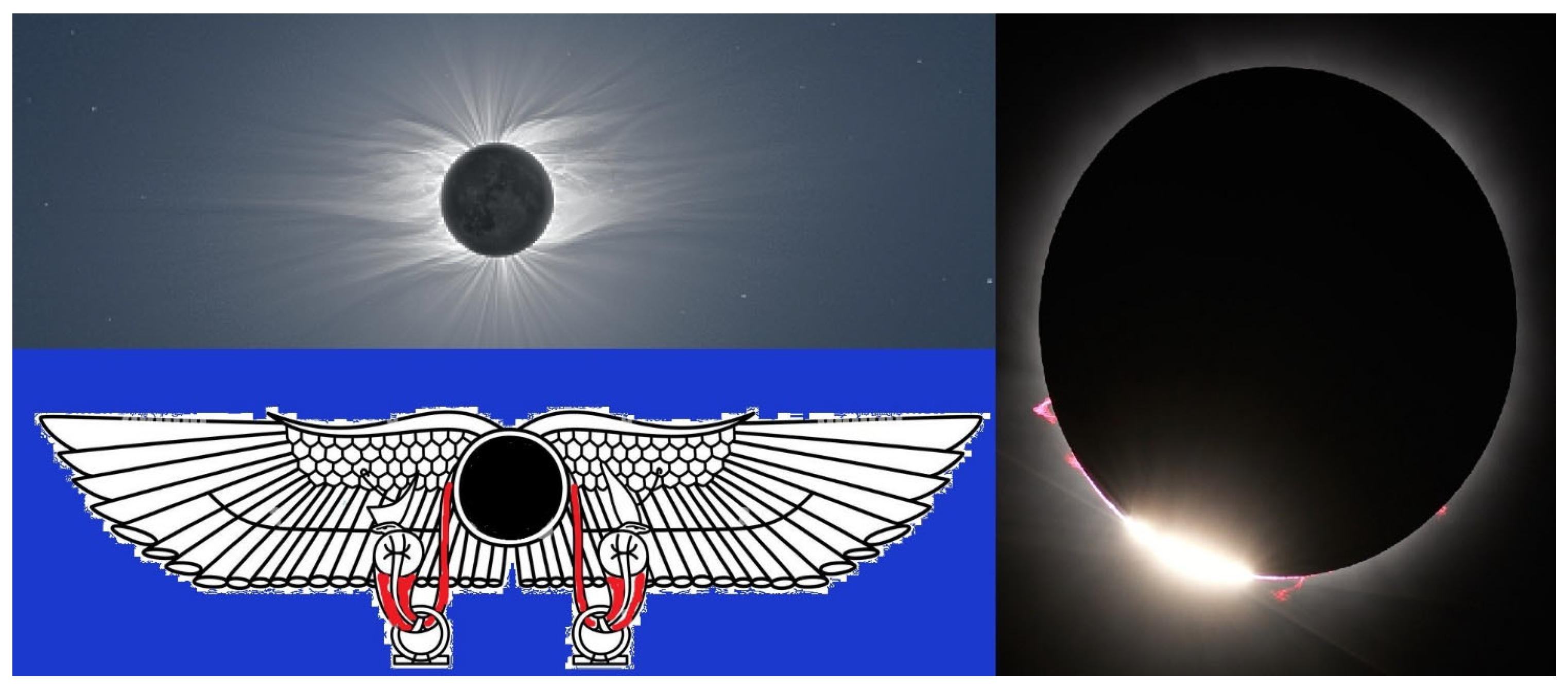

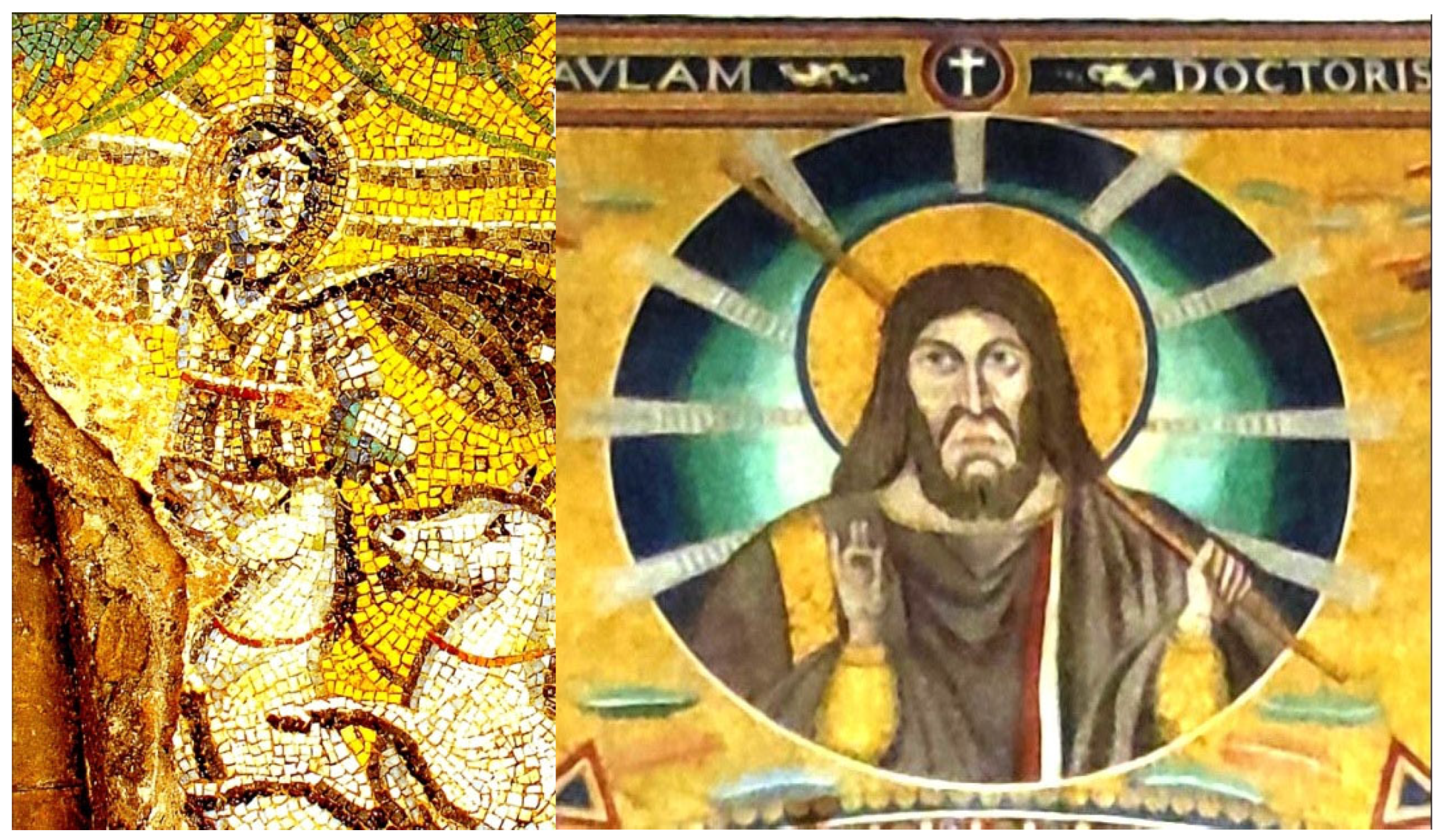

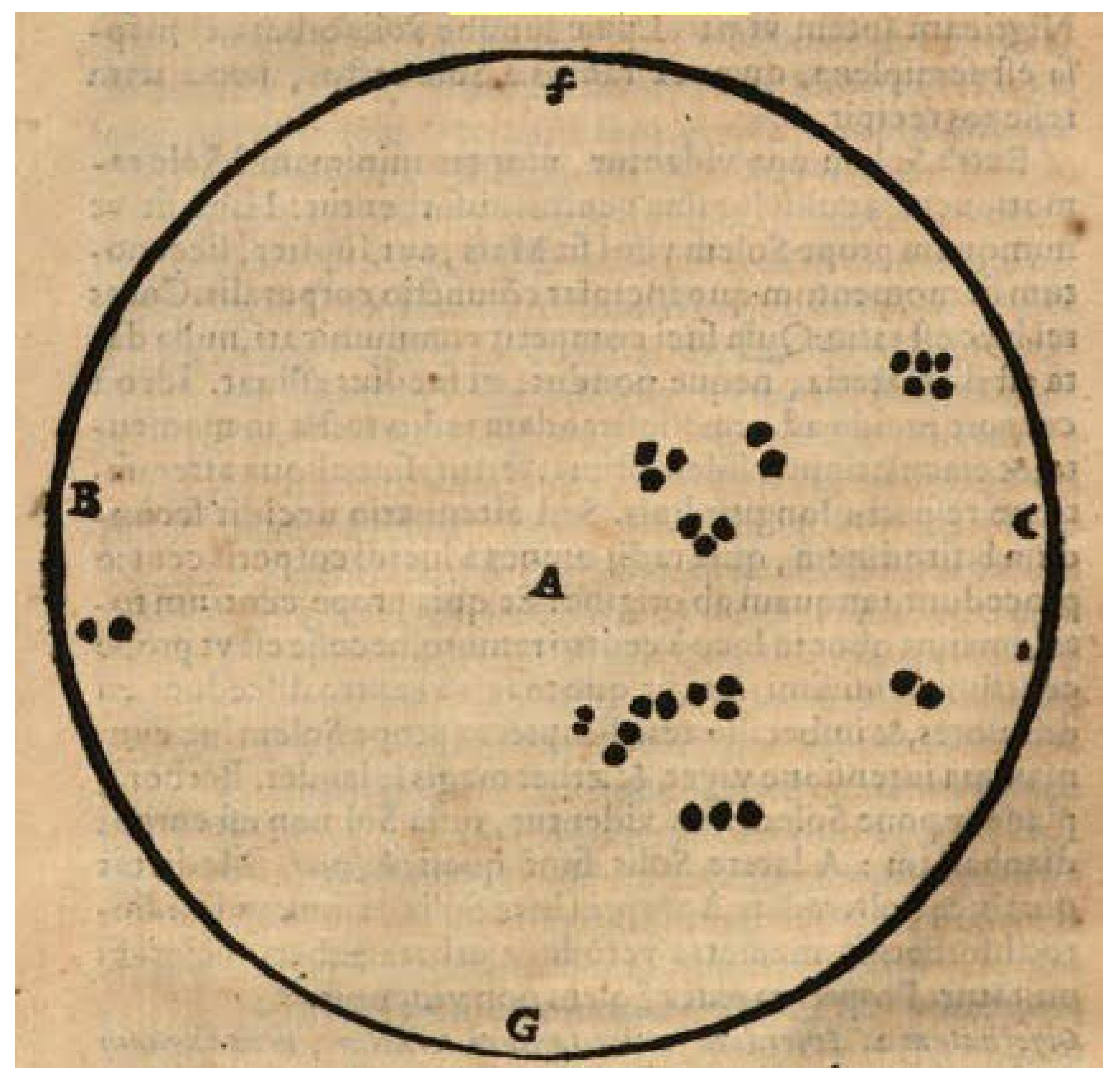
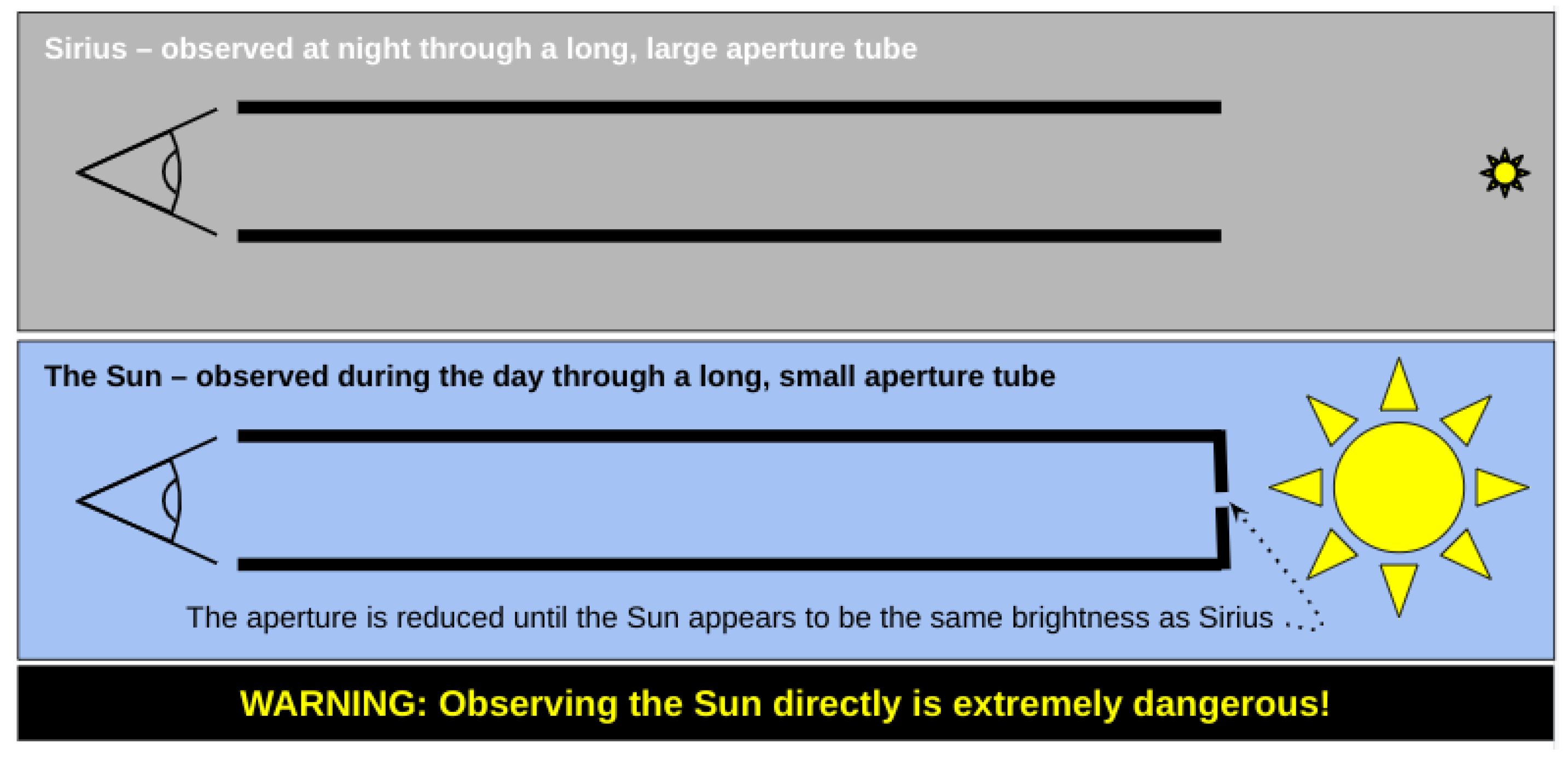

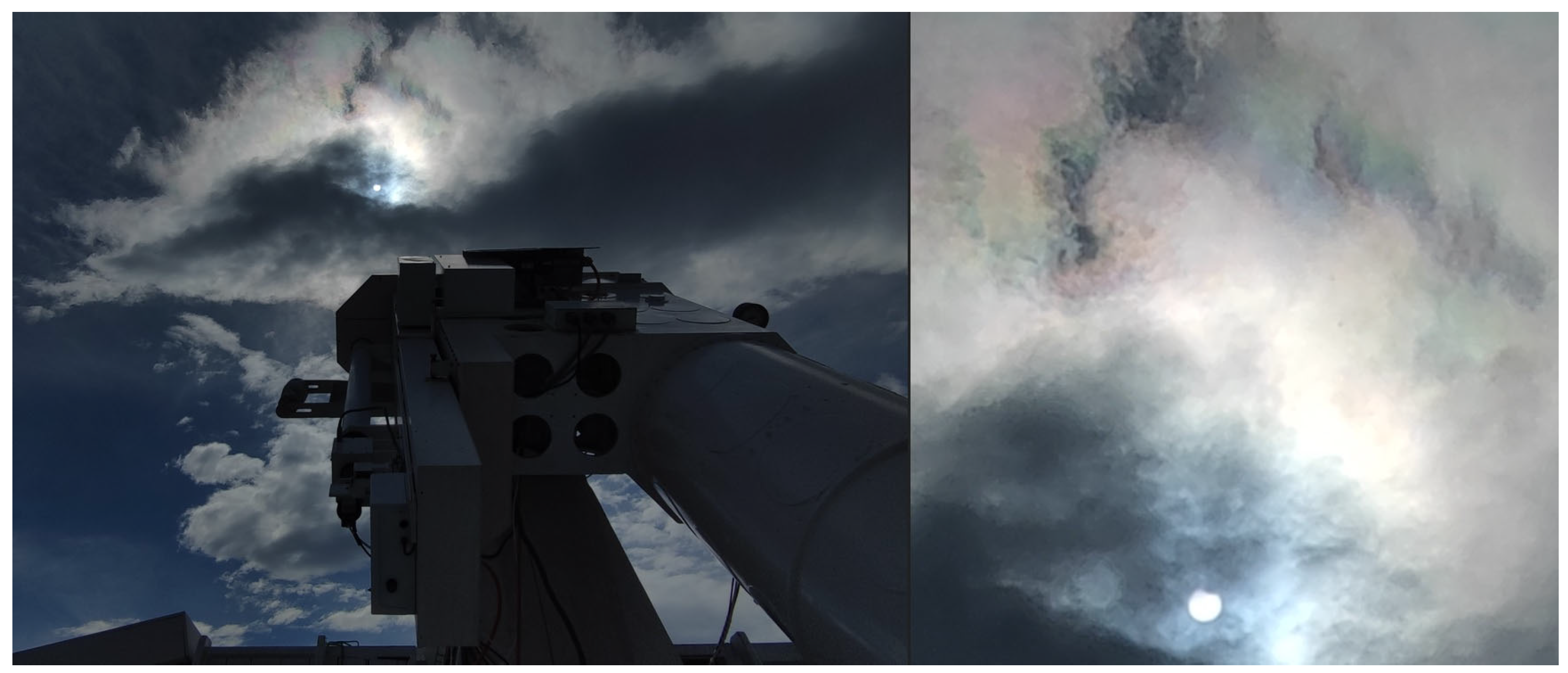
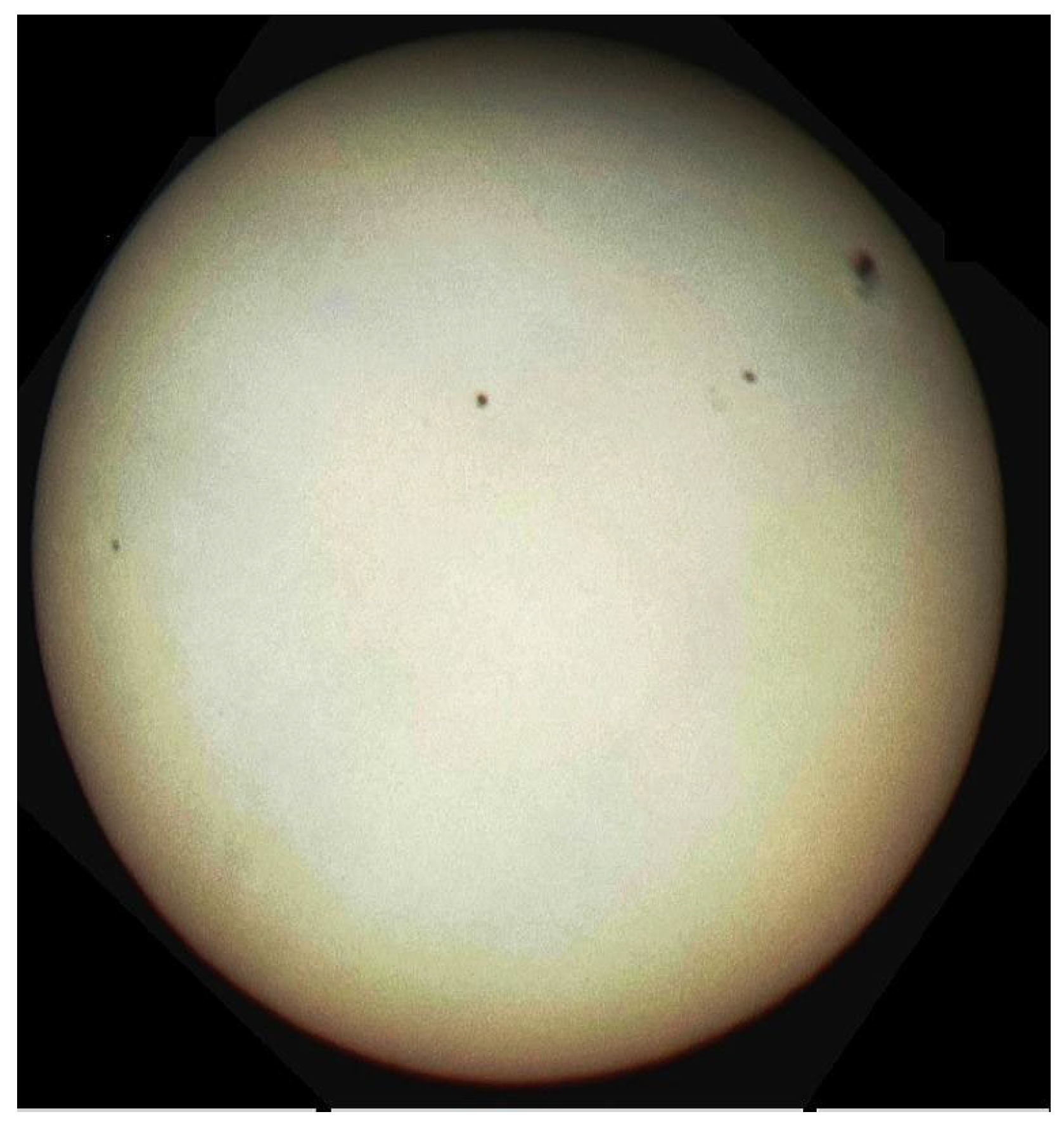


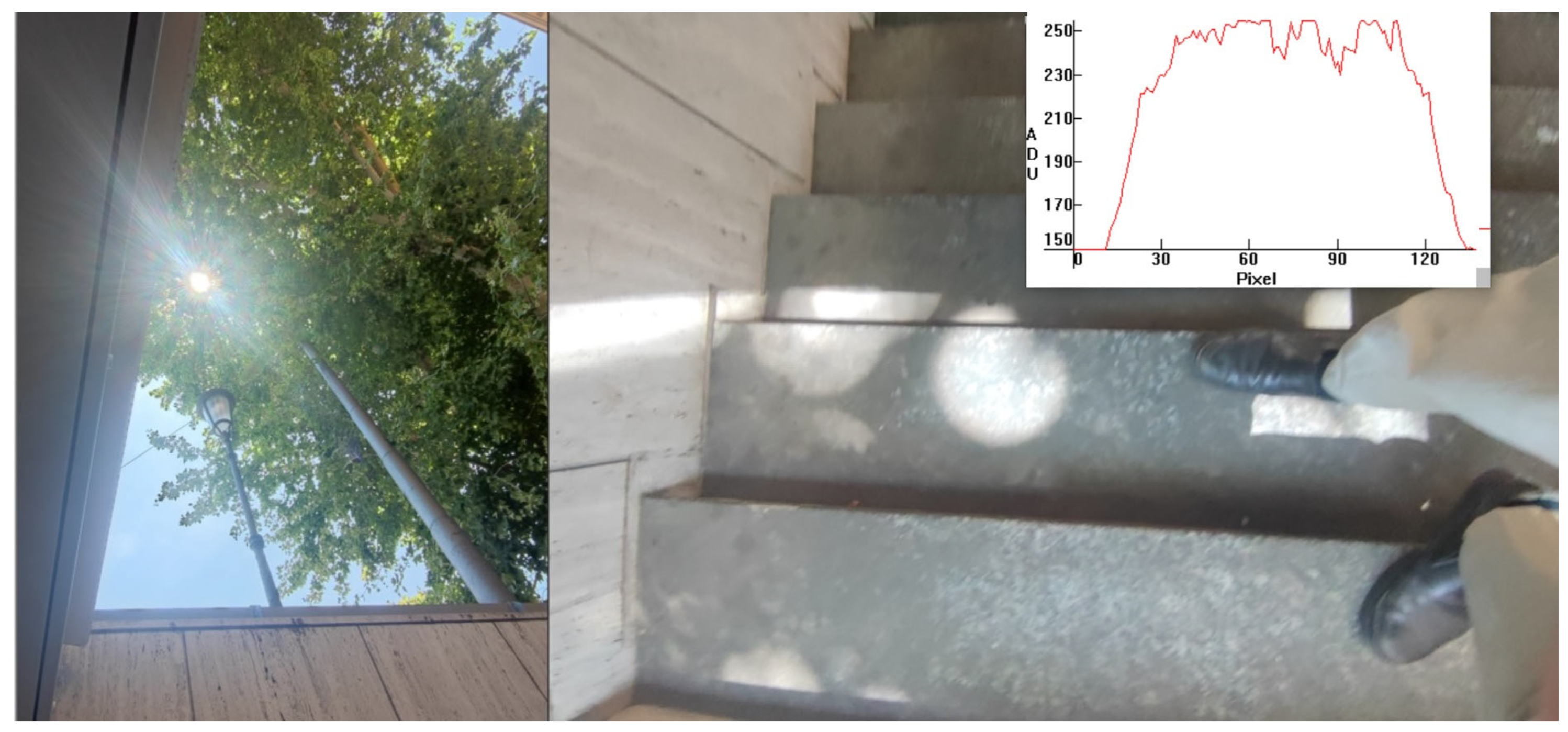
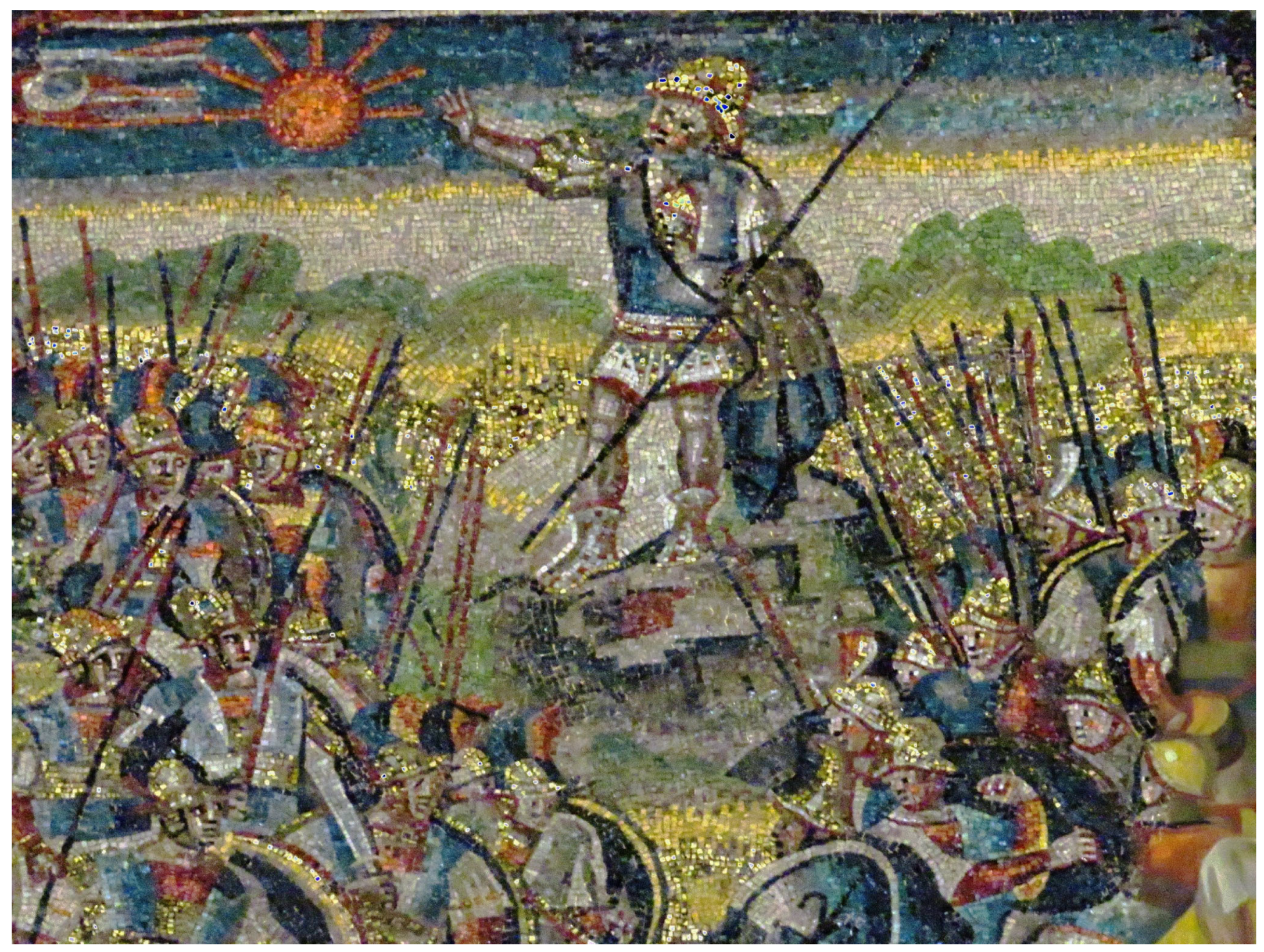
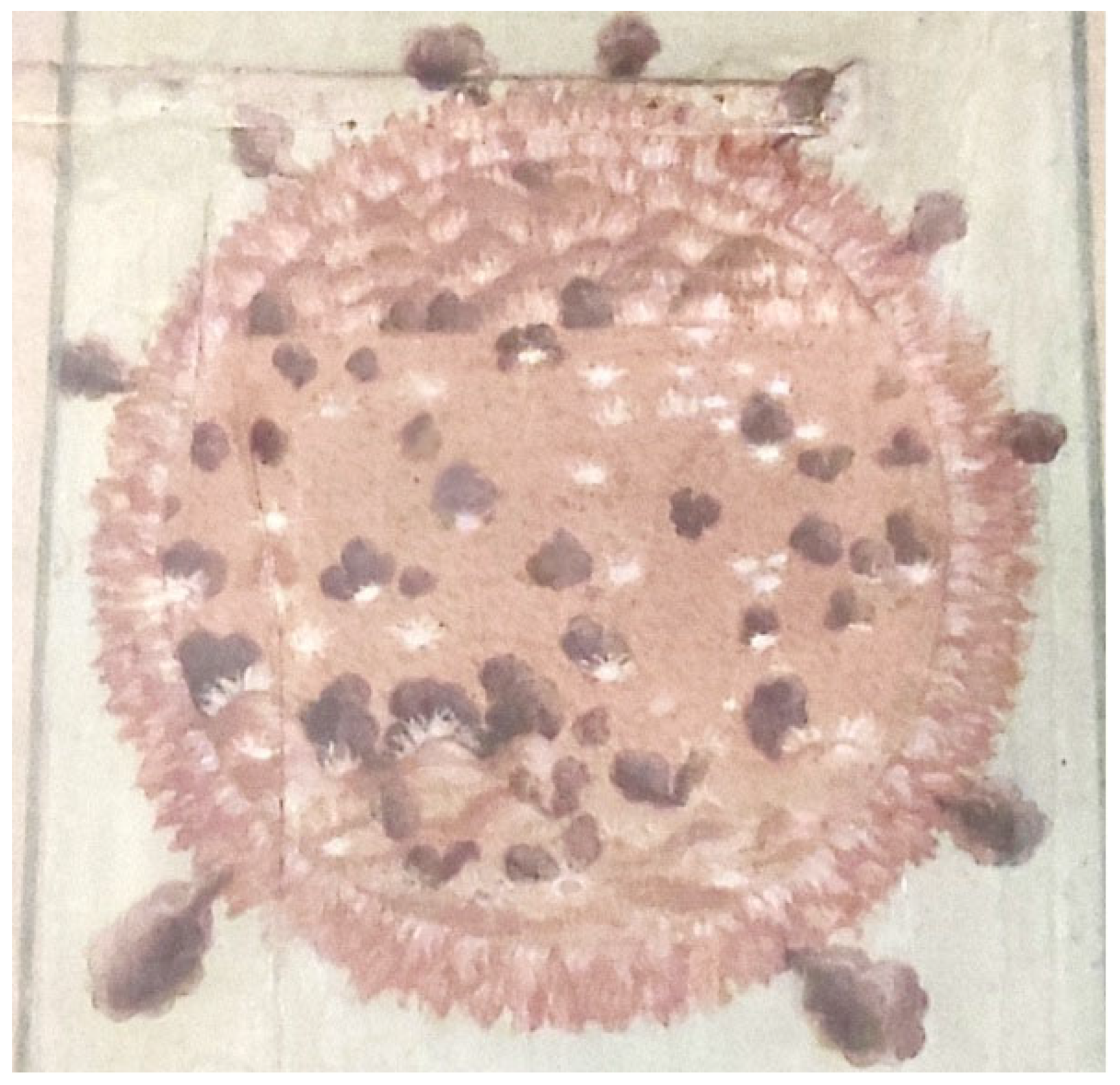
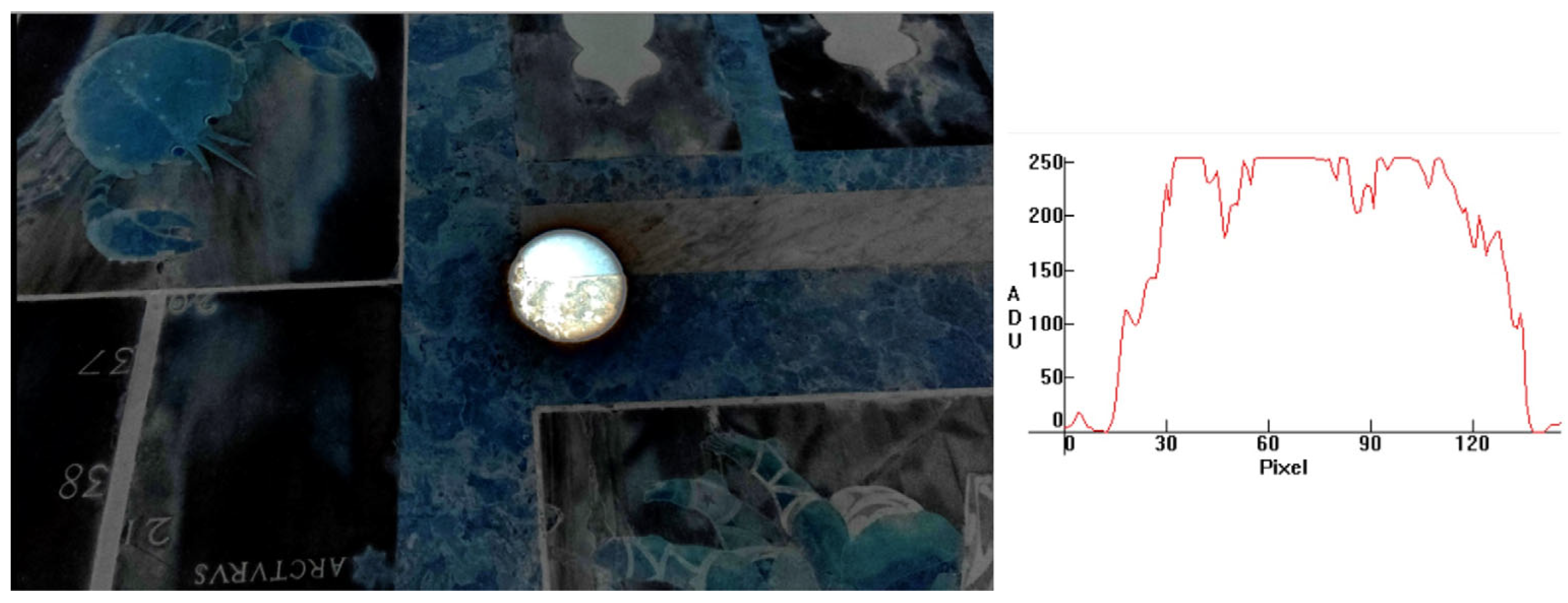
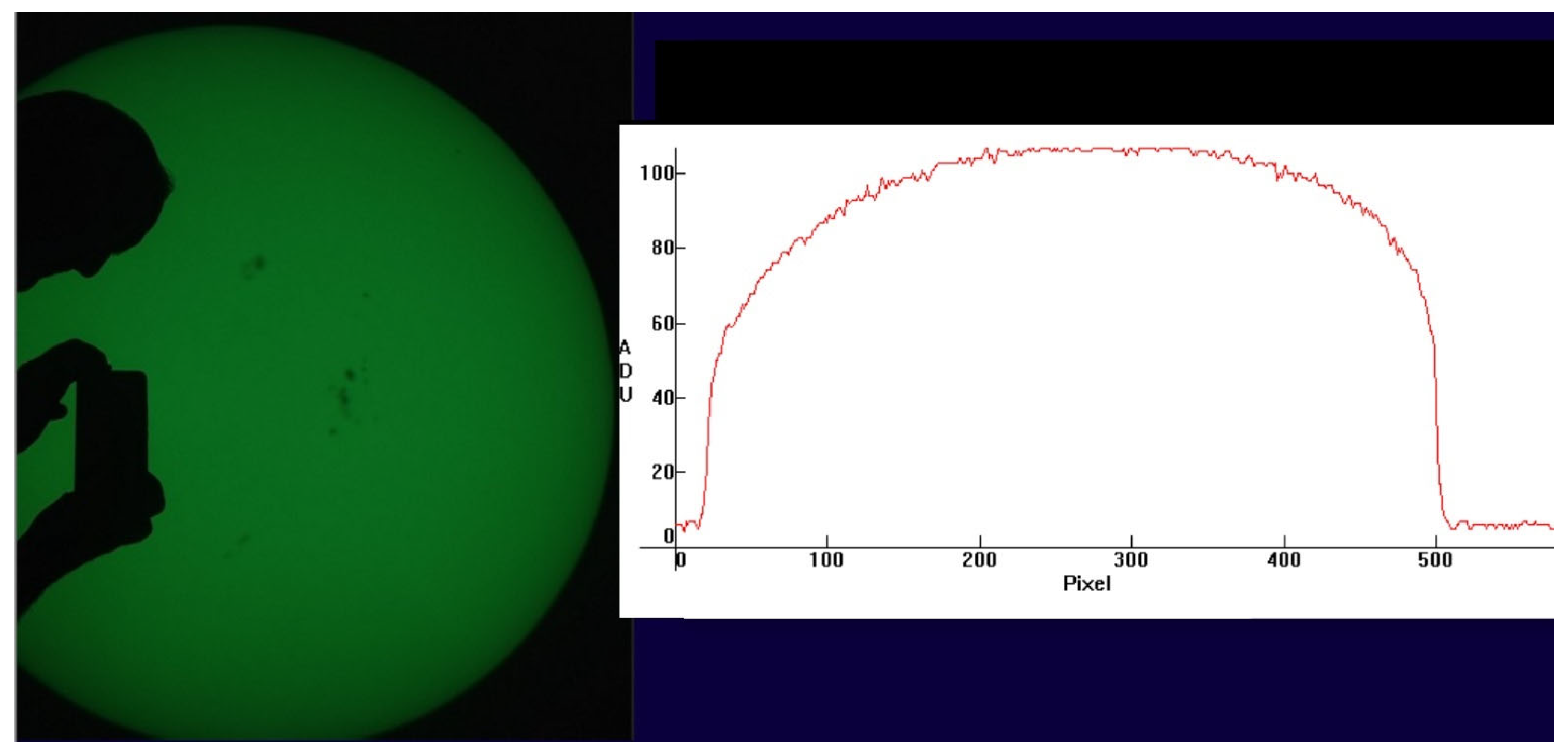
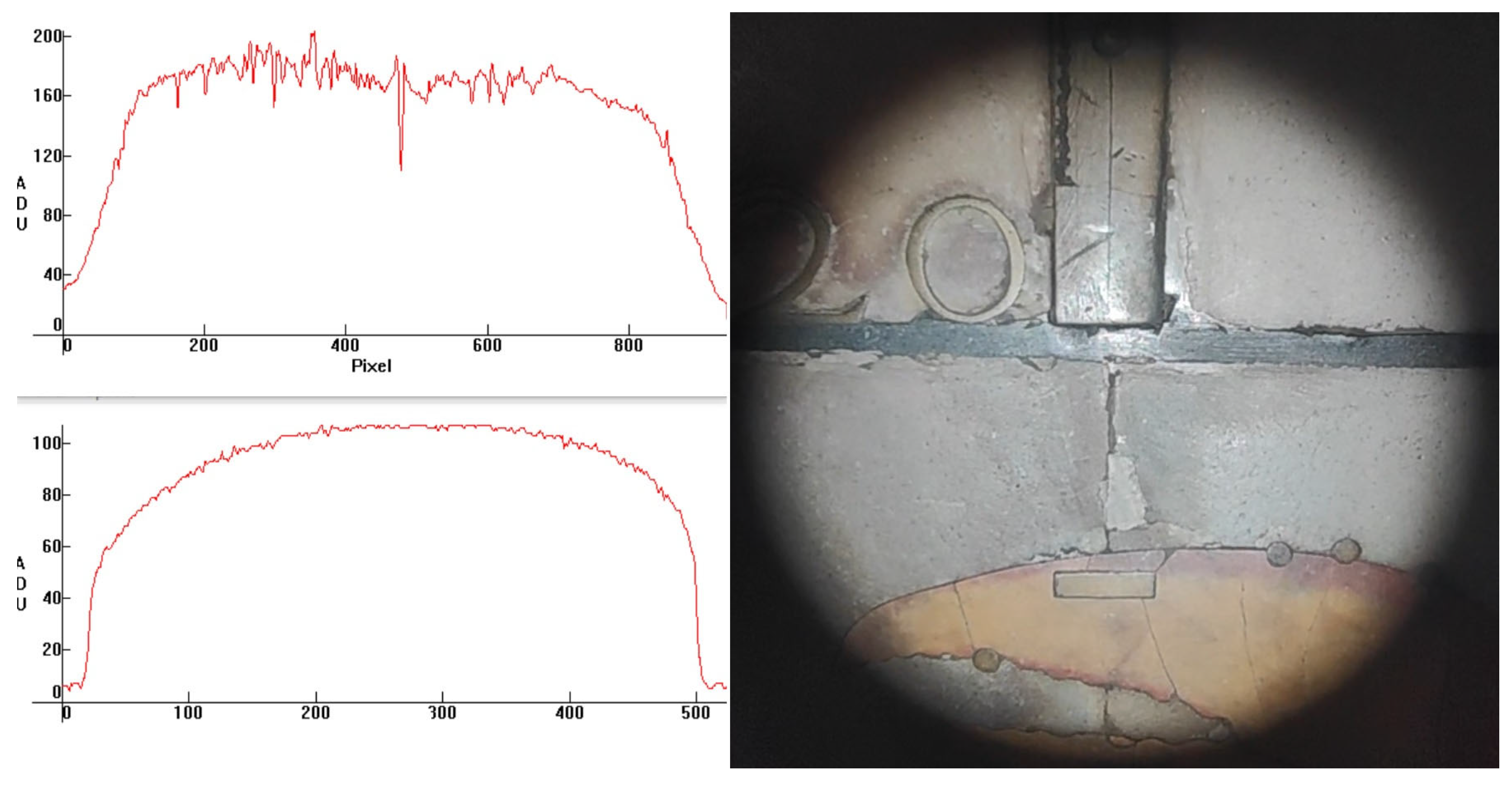
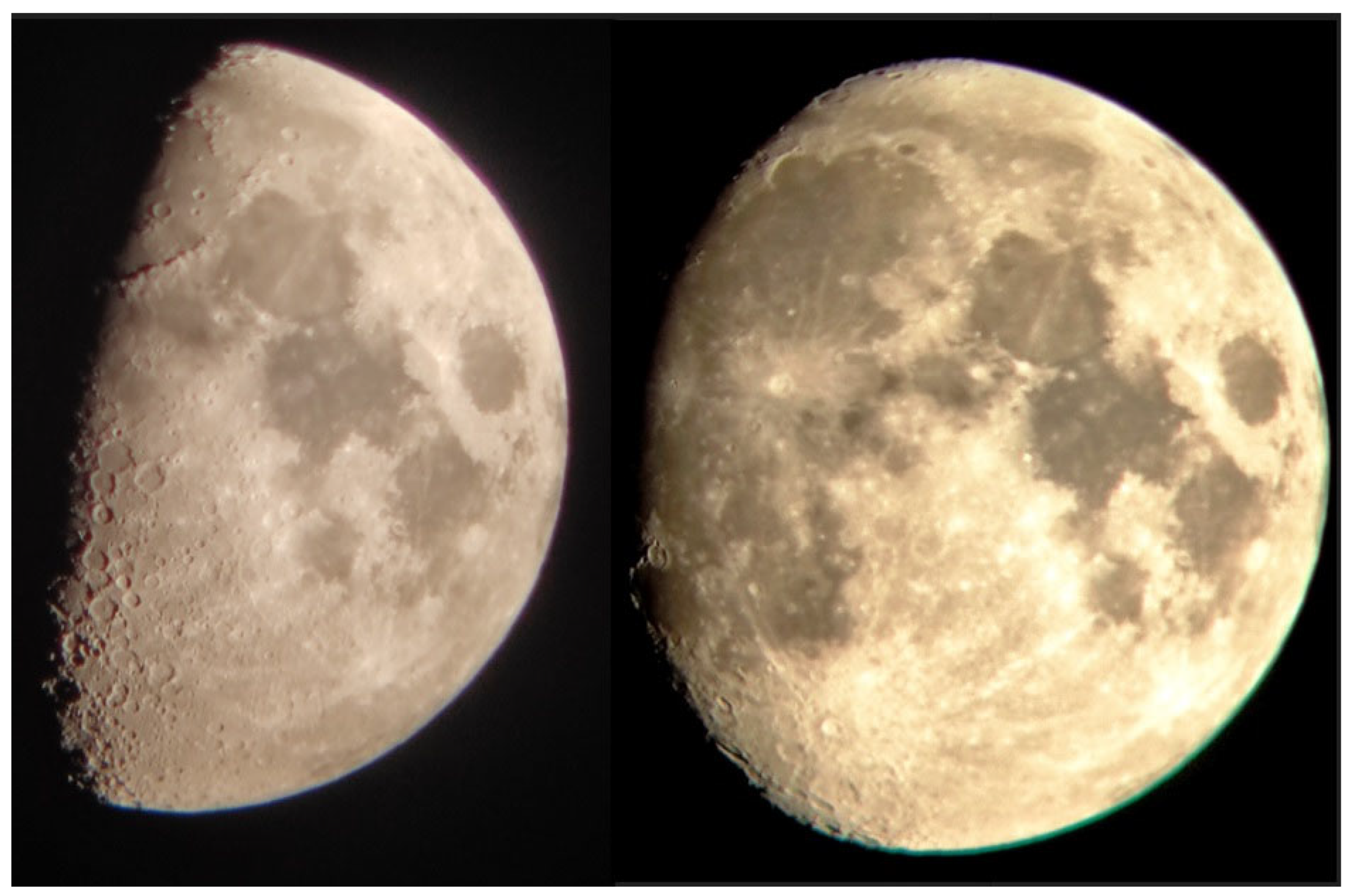
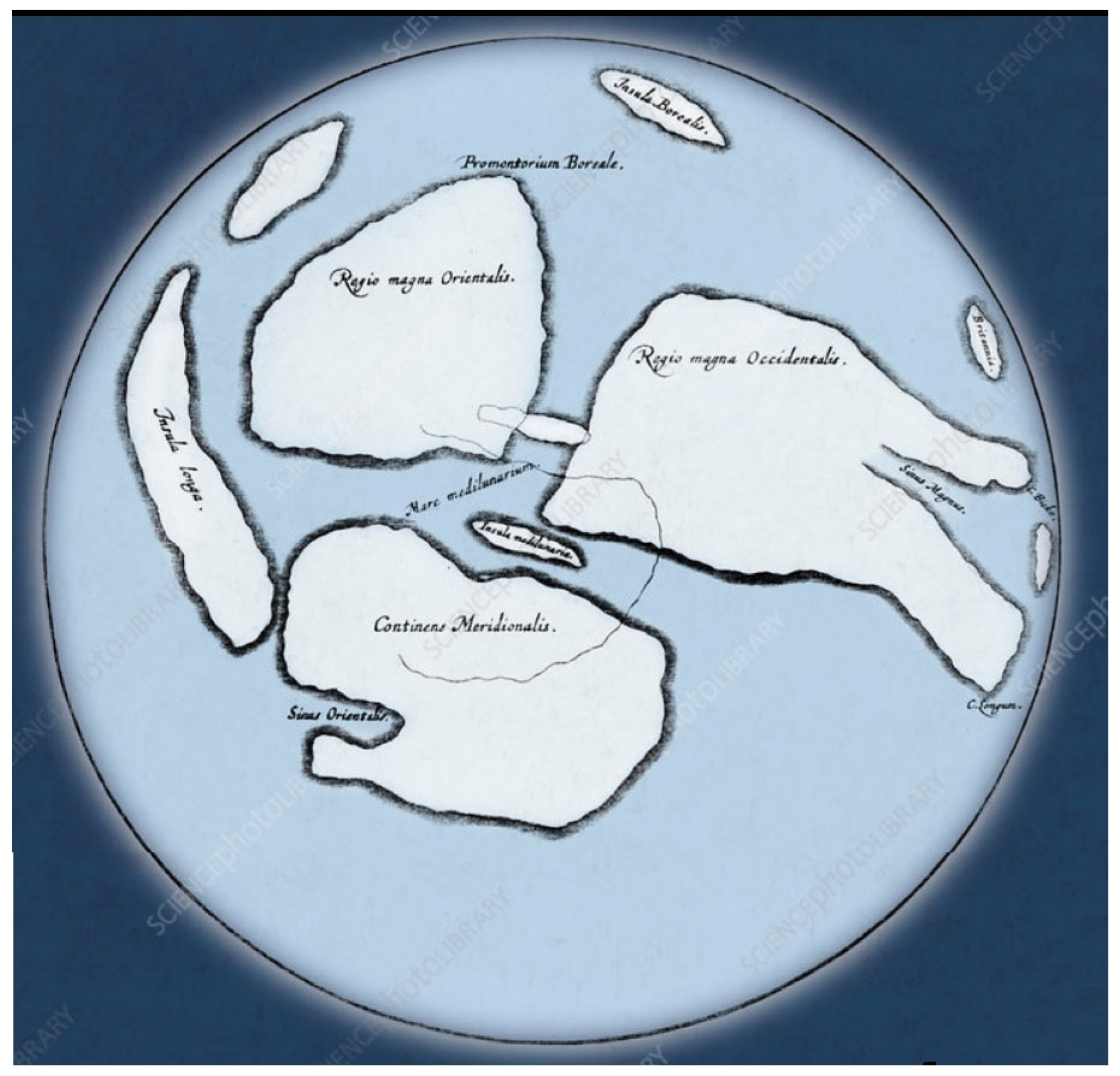
| Meridian Line/Date | Pinhole Diameter/Height | Visibility of the Sunspots |
|---|---|---|
| S. Maria del Fiore/1475 | 50/90,000 = 1/1800 | Yes, only in June–July |
| St. Petronio/1576 | Not known | Probably Yes |
| Torre dei Venti/1580 | 14/5180 = 1/370 | Yes (>30″ or 400 MH) |
| St. Petronio/1655 | 27/27,000 = 1/1000 | Yes |
| St. Maria degli Angeli/1999 | 40/20,353 = 1/500 | Yes (>25″ or 300 MH) |
| St. Maria degli Angeli/2025 | 10–23/20,353 = 1–2.3/2000 | Yes |
Disclaimer/Publisher’s Note: The statements, opinions and data contained in all publications are solely those of the individual author(s) and contributor(s) and not of MDPI and/or the editor(s). MDPI and/or the editor(s) disclaim responsibility for any injury to people or property resulting from any ideas, methods, instructions or products referred to in the content. |
© 2025 by the author. Licensee MDPI, Basel, Switzerland. This article is an open access article distributed under the terms and conditions of the Creative Commons Attribution (CC BY) license (https://creativecommons.org/licenses/by/4.0/).
Share and Cite
Sigismondi, C. Modern View of the Sun: Materials for an Experimental History at the Dawn of the Telescopic Era. Histories 2025, 5, 48. https://doi.org/10.3390/histories5040048
Sigismondi C. Modern View of the Sun: Materials for an Experimental History at the Dawn of the Telescopic Era. Histories. 2025; 5(4):48. https://doi.org/10.3390/histories5040048
Chicago/Turabian StyleSigismondi, Costantino. 2025. "Modern View of the Sun: Materials for an Experimental History at the Dawn of the Telescopic Era" Histories 5, no. 4: 48. https://doi.org/10.3390/histories5040048
APA StyleSigismondi, C. (2025). Modern View of the Sun: Materials for an Experimental History at the Dawn of the Telescopic Era. Histories, 5(4), 48. https://doi.org/10.3390/histories5040048





